Aydin Tözeren0387988017, 9780387988016
It can be used for as a text for undergraduate biomedical engineering students in their core course in mechanics. It can also be an used as a text for a graduate course in sports biomechanics, and as a supplement for general engineering statics and dynamics courses. In addition, the book will be of interest to orthopaedic surgeons, physical therapists and graduate students in sports medicine.
“Human Body Dynamics is a remarkable book. A concise, comprehensive, well-written and well illustrated first chapter gives a necessary introduction to the anatomy of the human body. In the following chapters human body dynamics is explored using the principles of classical mechanics. The concluding chapter deals with the methods of three-dimensional mechanics. With these powerful tools, a myriad of very interesting problems are solved. This, I would say is the dessert of the feast.” H. B?lent Atabek, Professor Emeritus of Biomedical Engineering, The Catholic University of America.
“This book represents a very ambitious undertaking of providing, in a single volume, a comprehensive exposition of the kinematics and dynamics governing the motion of the human body as well as a complete course of general mechanics. The author has been remarkably successful in achieving both objectives. He has produced a very accessible text without sacrificing the accuracy of arguments and avoiding undue simplifications of the problems. The book should prove to be a great value to the practitioners in orthopedics, sports medicine and bioengineering research. University students interested in careers in medicine or bioengineering may find it an interesting alternative to the standard courses in mechanics.” Maciej P. Bieniek, Renwick Professor Emeritus of Engineering Mechanics, Columbia University.
“The distinguishing feature of this book is that the development of the fundamentals of classical mechanics, which govern the biological applications, is so careful and precise, despite its compactness. This book will be especially appealing to students of human body motion who are seriously interested in understanding the laws which determine that motion. It most certainly should be owned and studied by all instructors of courses in biomechanics.” Frank L. DiMaggio, Carleton Professor of Civil Engineering, Columbia University.
Table of contents :
Contents……Page 14
Preface……Page 8
Nomenclature……Page 18
1.1 Introduction……Page 20
1.2 Notation for Human Movement……Page 22
1.3 Skeletal Tree……Page 25
1.4 Bone, Cartilage, and Ligaments……Page 29
1.5 Joints of the Human Body……Page 33
1.6 Physical Properties of Skeletal Muscle……Page 36
1.7 Muscle Groups and Movement……Page 40
1.9 Problems……Page 46
2.1 Laws of Motion: A Historical Perspective……Page 49
2.2 Addition and Subtraction of Vectors……Page 52
2.3 Time Derivatives of Vectors……Page 58
2.4 Position, Velocity, and Acceleration……Page 59
2.5 Newton’s Laws of Motion and Their Applications……Page 62
2.6 Summary……Page 71
2.7 Problems……Page 72
3.1 Introduction……Page 75
3.2 Conservation of Linear Momentum……Page 76
3.3 Center of Mass and Its Motion……Page 77
3.4 Multiplication of Vectors……Page 83
3.5 Moment of a Force……Page 86
3.6 Moment of Momentum About a Stationary Point……Page 89
3.7 Moment of Momentum About the Center of Mass……Page 96
3.8 Summary……Page 97
3.9 Problems……Page 98
4.1 Introduction……Page 103
4.2 Planar Motion of a Slender Rod……Page 104
4.3 Angular Velocity……Page 107
4.4 Angular Acceleration……Page 113
4.5 Angular Momentum……Page 116
4.6 Conservation of Angular Momentum……Page 119
4.7 Applications to Human Body Dynamics……Page 122
4.8 Instantaneous Center of Rotation……Page 128
4.9 Summary……Page 130
4.10 Problems……Page 131
5.2 Equations of Static Equilibrium……Page 136
5.3 Contact Forces in Static Equilibrium……Page 140
5.4 Structural Stability and Redundance……Page 146
5.5 Structures and Internal Forces……Page 154
5.6 Distributed Forces……Page 163
5.8 Problems……Page 165
6.1 Introduction……Page 169
6.2 Muscle Force in Motion……Page 171
6.3 Examples from Weight Lifting……Page 176
6.4 Moment Arm and Joint Angle……Page 180
6.5 Multiple Muscle Involvement in Flexion of the Elbow……Page 183
6.6 Biarticular Muscles……Page 184
6.7 Physical Stress……Page 188
6.8 Musculoskeletal Tissues……Page 191
6.9 Limb-Lengthening……Page 197
6.10 Summary……Page 201
6.11 Problems……Page 202
7.2 Principle of Impulse and Momentum……Page 213
7.3 Angular Impulse and Angular Momentum……Page 219
7.4 Elasticity of Collision: Coefficient of Restitution……Page 226
7.5 Initial Motion……Page 230
7.6 Summary……Page 232
7.7 Problems……Page 233
8.1 Introduction……Page 239
8.2 Kinetic Energy……Page 240
8.3 Work……Page 244
8.4 Potential Energy……Page 246
8.5 Conservation of Mechanical Energy……Page 249
8.6 Multibody Systems……Page 251
8.7 Applications to Human Body Dynamics……Page 254
8.8 Summary……Page 265
8.9 Problems……Page 266
9.1 Introduction……Page 275
9.2 Time Derivatives of Vectors……Page 276
9.3 Angular Velocity and Angular Acceleration……Page 277
9.4 Conservation of Angular Momentum……Page 283
9.5 Dancing Holding on to a Pole……Page 290
9.6 Rolling of an Abdominal Wheel on a Horizontal Plane……Page 294
9.7 Biomechanics of Twisting Somersaults……Page 299
9.8 Throwing and Hitting Motions……Page 302
9.9 Summary……Page 306
9.10 Problems……Page 308
Appendix 1 Units and Conversion Factors……Page 316
Appendix 2 Geometric Properties of the Human Body……Page 318
Selected References……Page 323
C……Page 330
H……Page 331
P……Page 332
V……Page 333
Y……Page 334
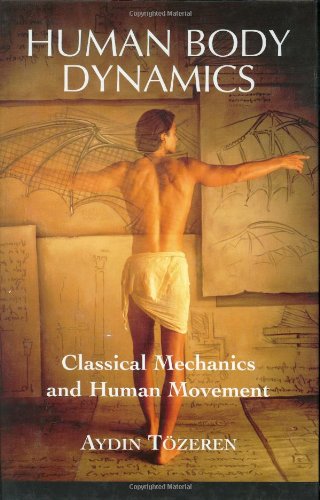

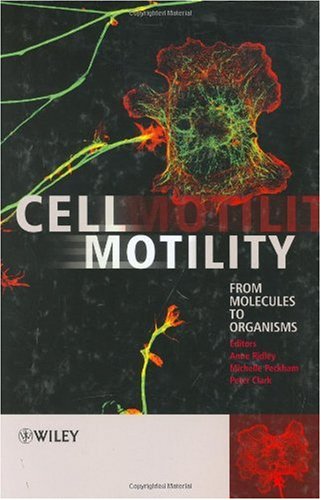
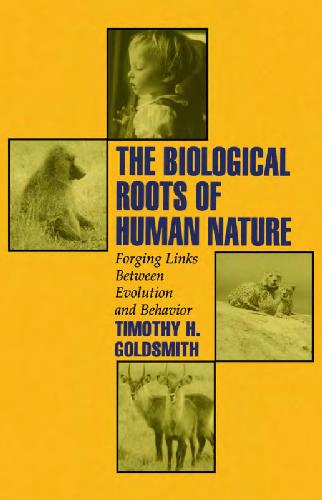

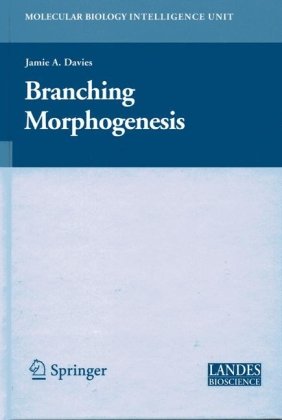
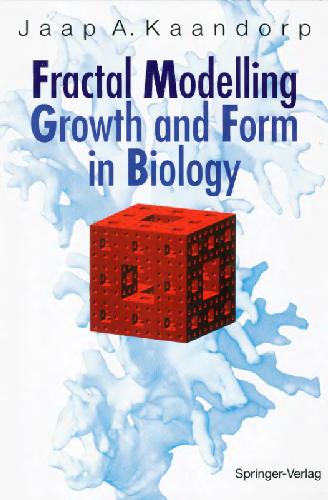
Reviews
There are no reviews yet.